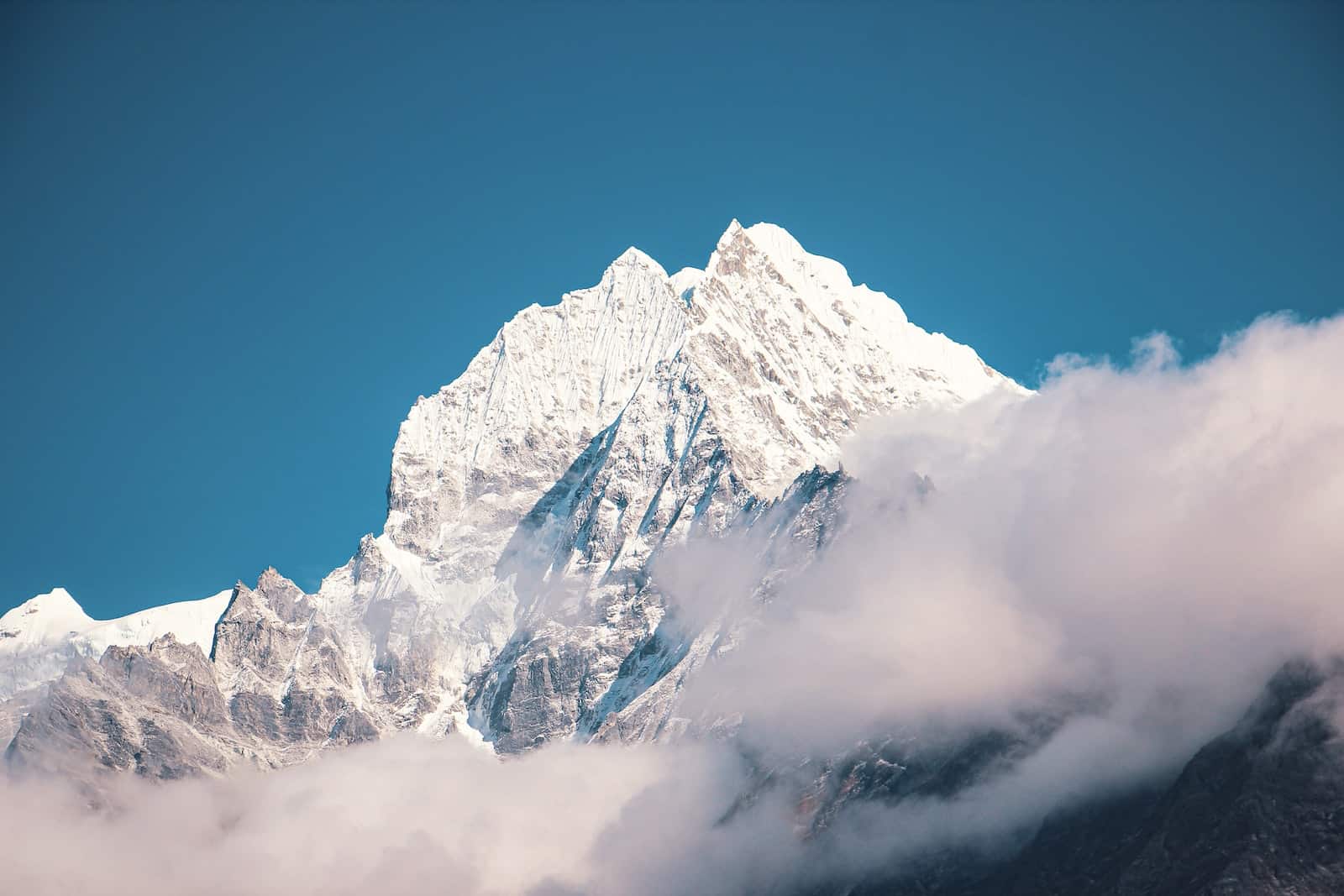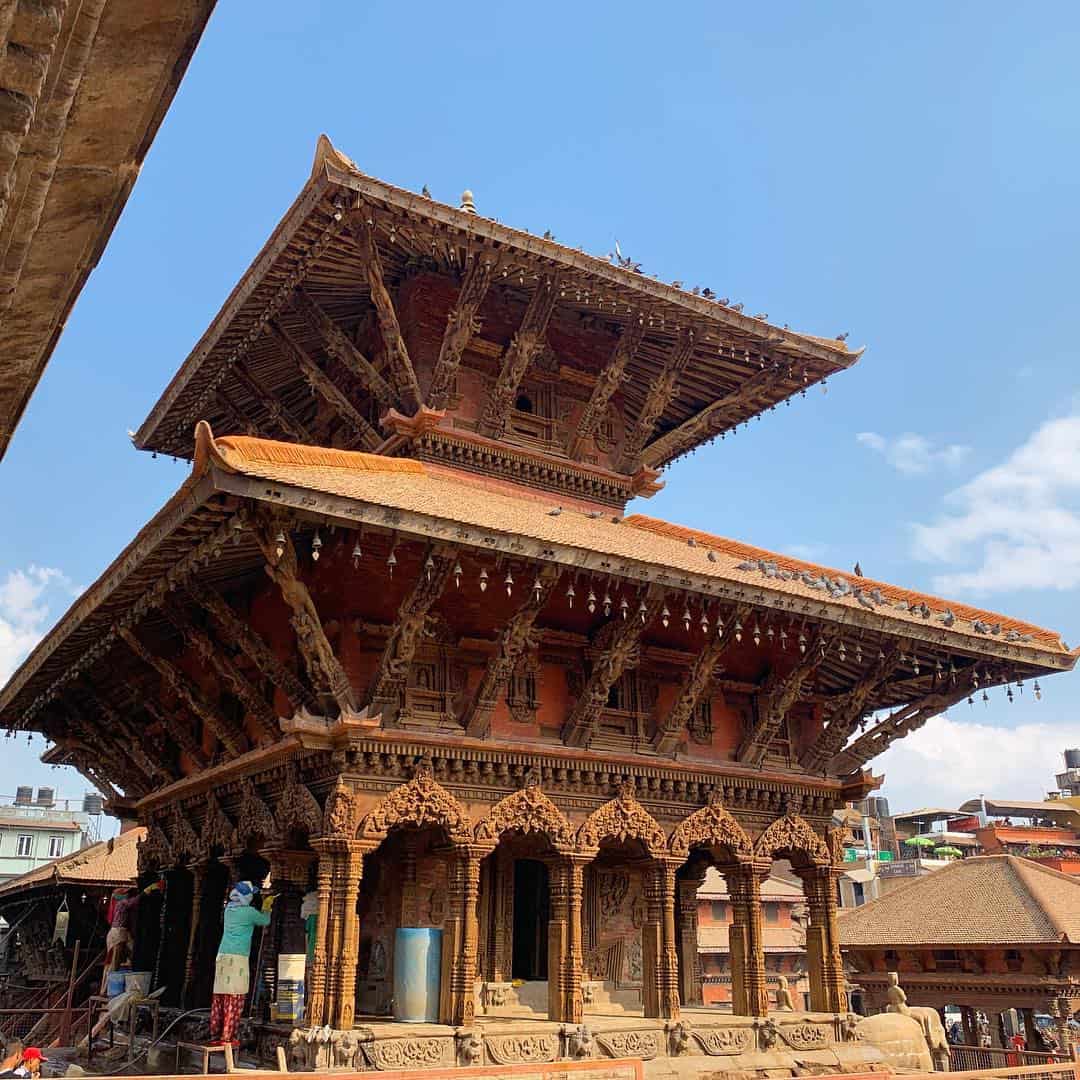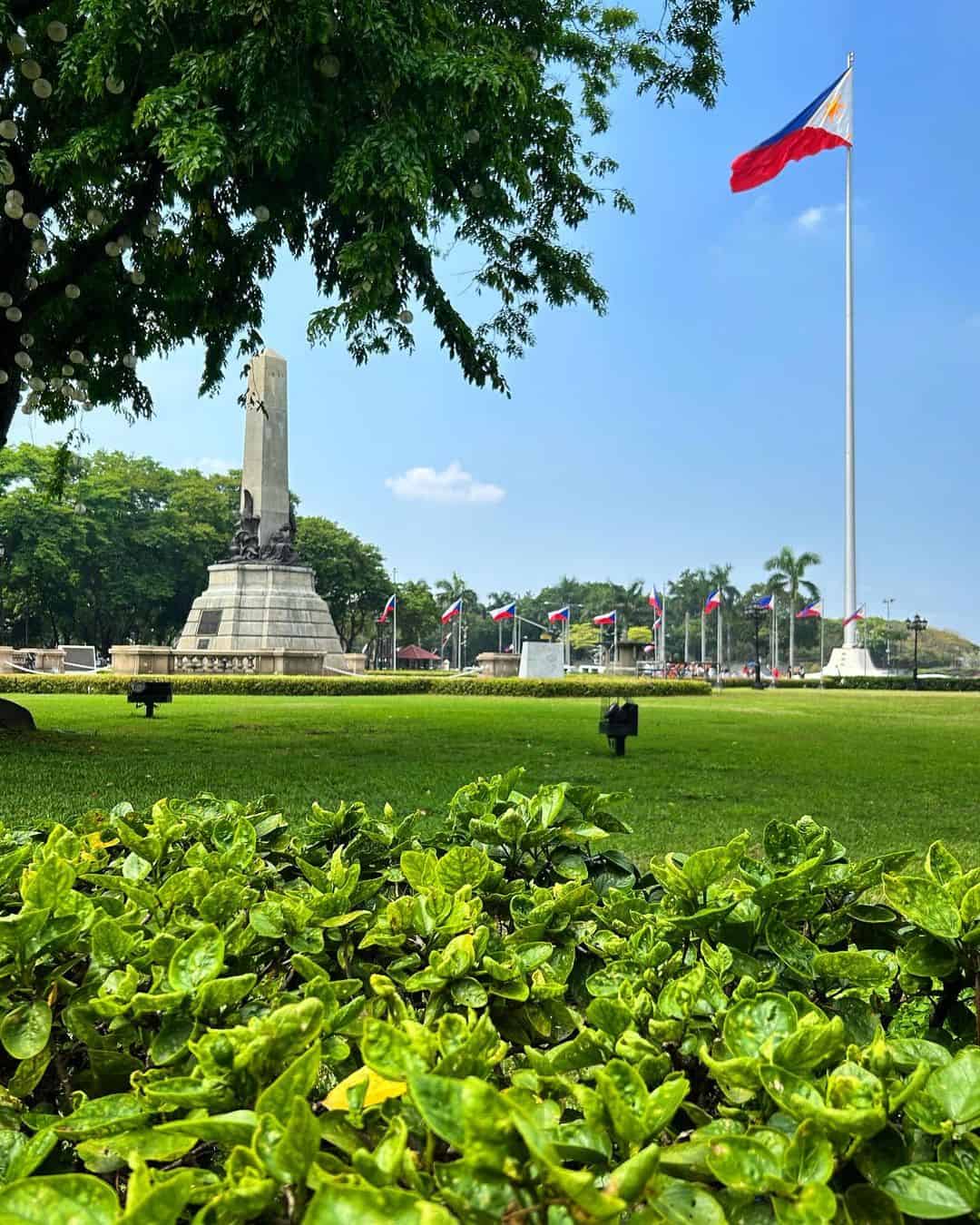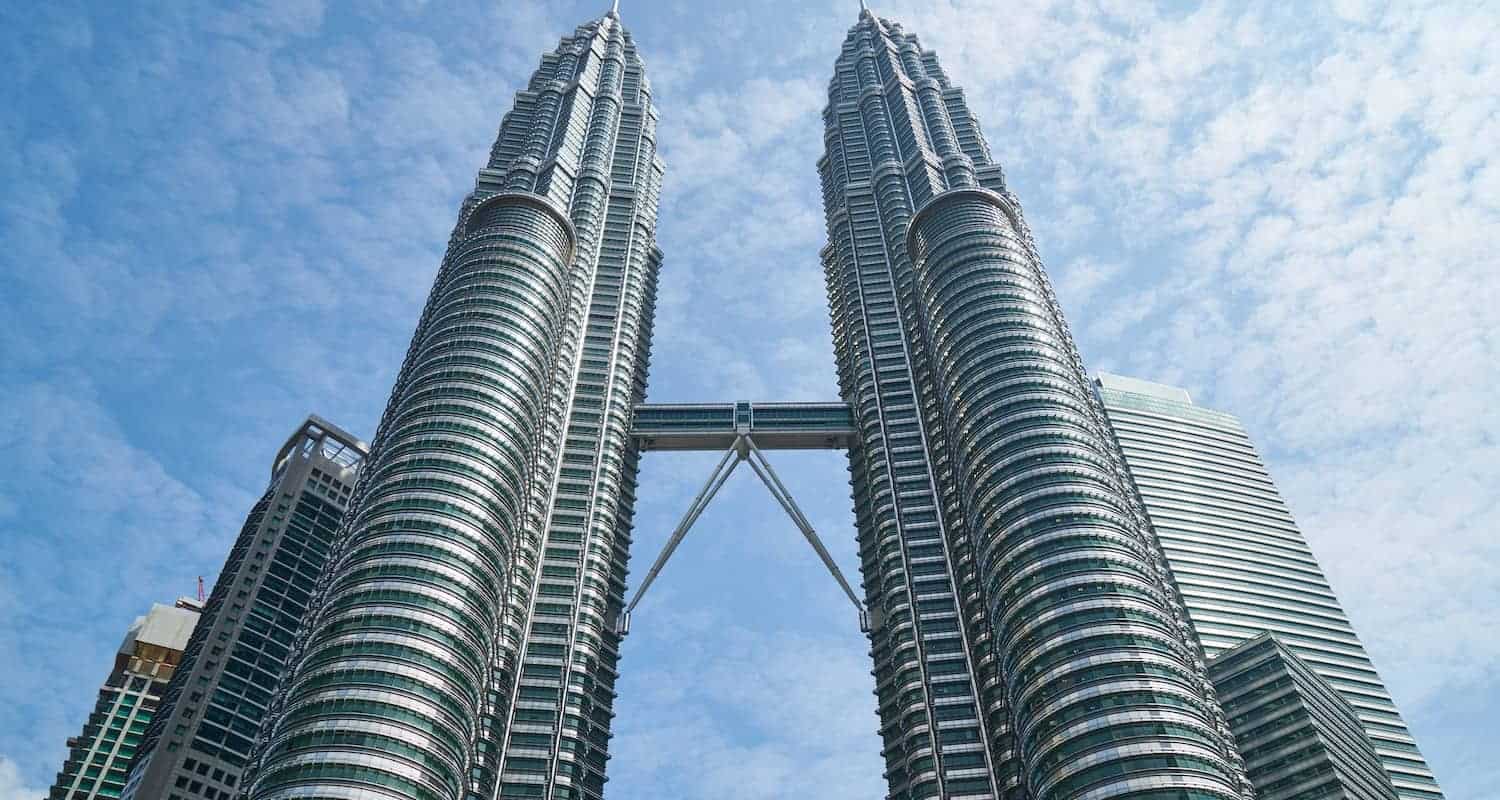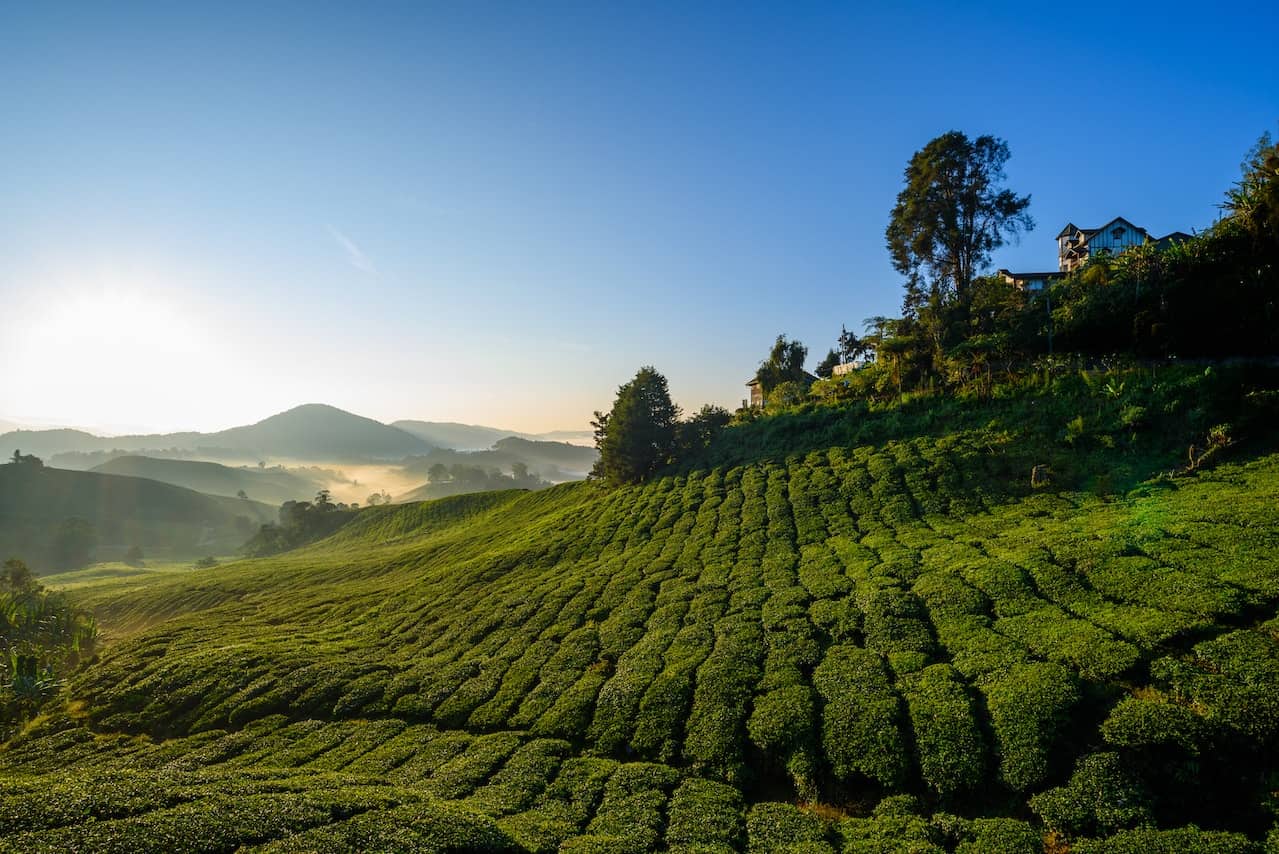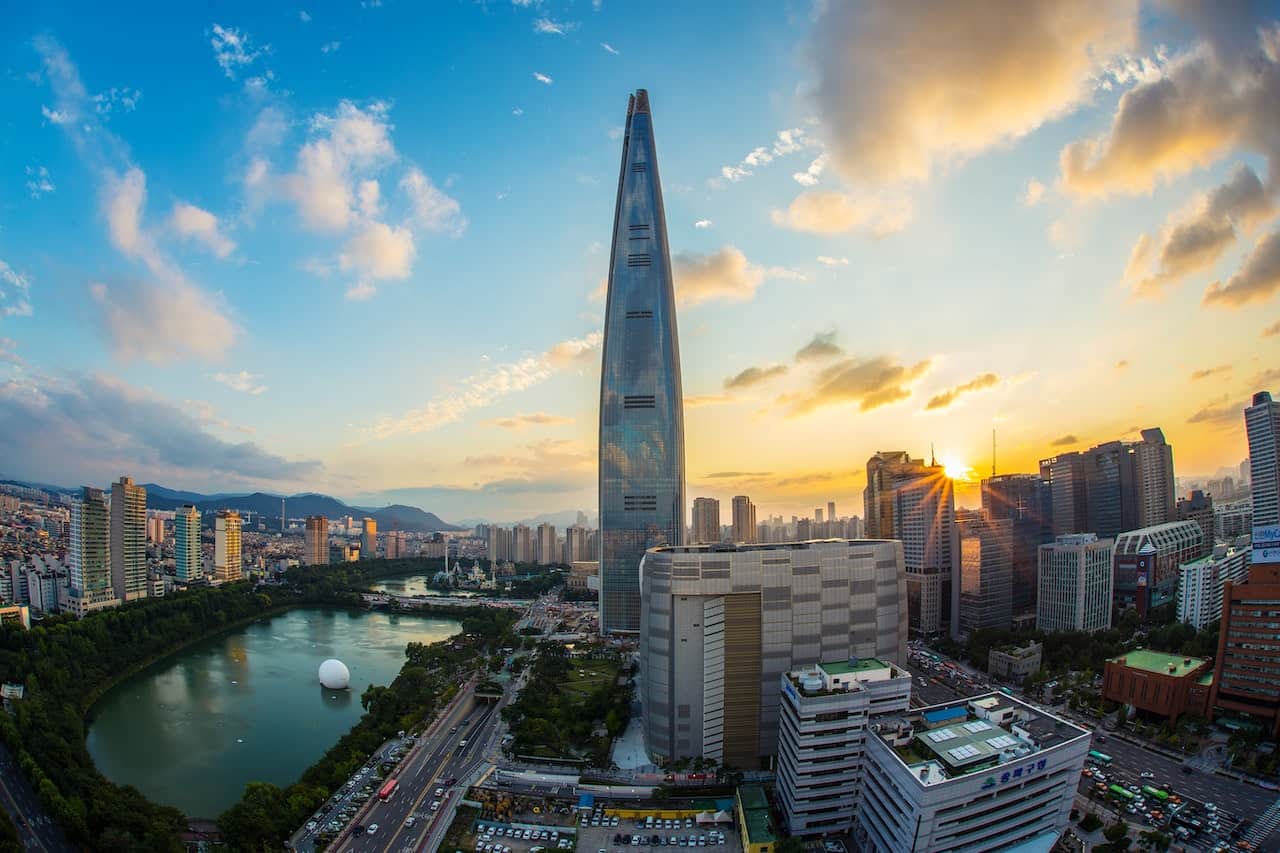Best hikes in Nepal
For hikers, mountaineers and trekkers, Nepal is the ultimate destination. The country is home to eight of the world’s ten highest mountain peaks. There are beautiful peaks, glacial towns, fluttering prayer flags on high mountain passes, and charming tea houses along the trails where you can meet other trekkers over a cup of hot tea after a long day of walking. One of the nicest things to do in Nepal is go on a trek.
Several popular travel bloggers have put together a list of their favourite treks in Nepal. Pick one and get this epic adventure started!
Read Also: Top 10 Instragamable Places in Kathmandu
1.Everest Base Camp Trek
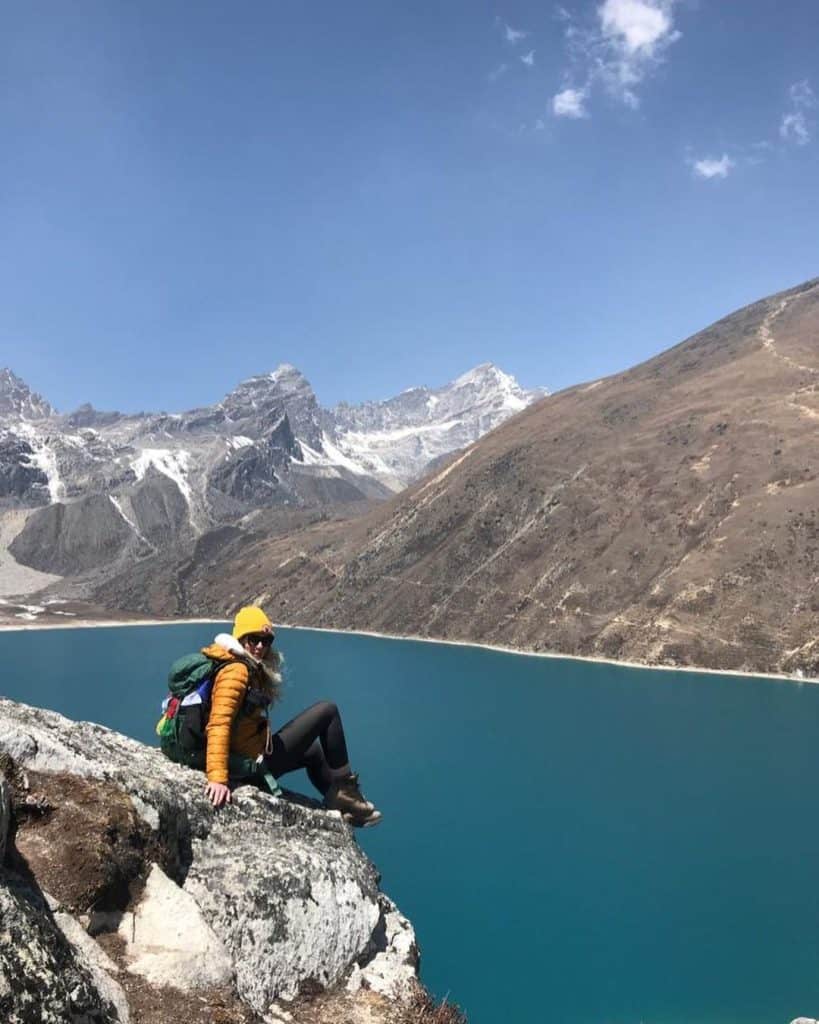
The Mount Everest Base Trek is a popular hiking path in Nepal known for its stunning scenery and multiple viewpoints of the world’s tallest mountain. If you want to view Everest but don’t want to hike, the Everest base camp helicopter trip is for you.Many tourists go to Nepal to walk in the Sagarmatha area and enjoy the beautiful mountain views.
A flight from Kathmandu drops you off at Lukla’s Tenzing Hillary Airport, where you can start your epic journey via Sagarmatha National Park.In addition to the usual Sherpa culture and the old monasteries. Different glaciers, hanging icicles, and beautiful scenery along the way make your trips more exciting.
Best Season: March-May and October-November
2. Annapurna Base Camp Trek
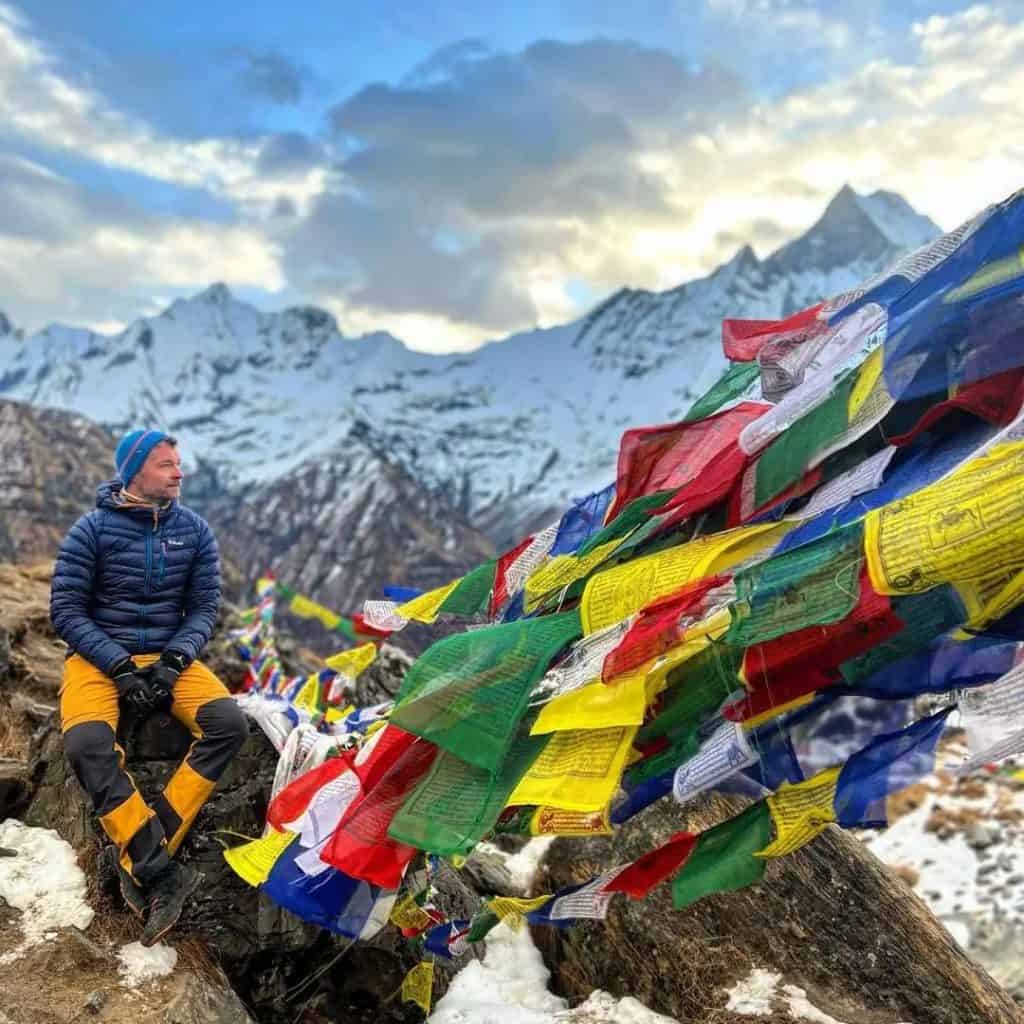
In addition to being one of the least expensive treks in Nepal, the Annapurna Circuit Trek is also one of the easiest to arrange. This is so because the journey can be finished even without a guide. One of the best parts of the journey to Annapurna Base Camp is the luxurious accommodations that may be found along the way. Every mountain town has a variety of excellent teahouses that won’t break your budget. The higher you go, the less variety you’ll find, but you can still count on a good night’s sleep and a hearty supper.
Anyone in reasonably good shape should be able to complete the ABC hike. For those who have never gone on a multi-day hike before, this is the ideal starting point. However, seasoned hikers will welcome the additional difficulty. It was truly a once-in-a-lifetime opportunity for us. And seeing the otherworldly scenery of the Himalayas is a moment we will never forget.
Best Season: March to April & Oct , Nov
3.Ghorepani Poon Hill Trek
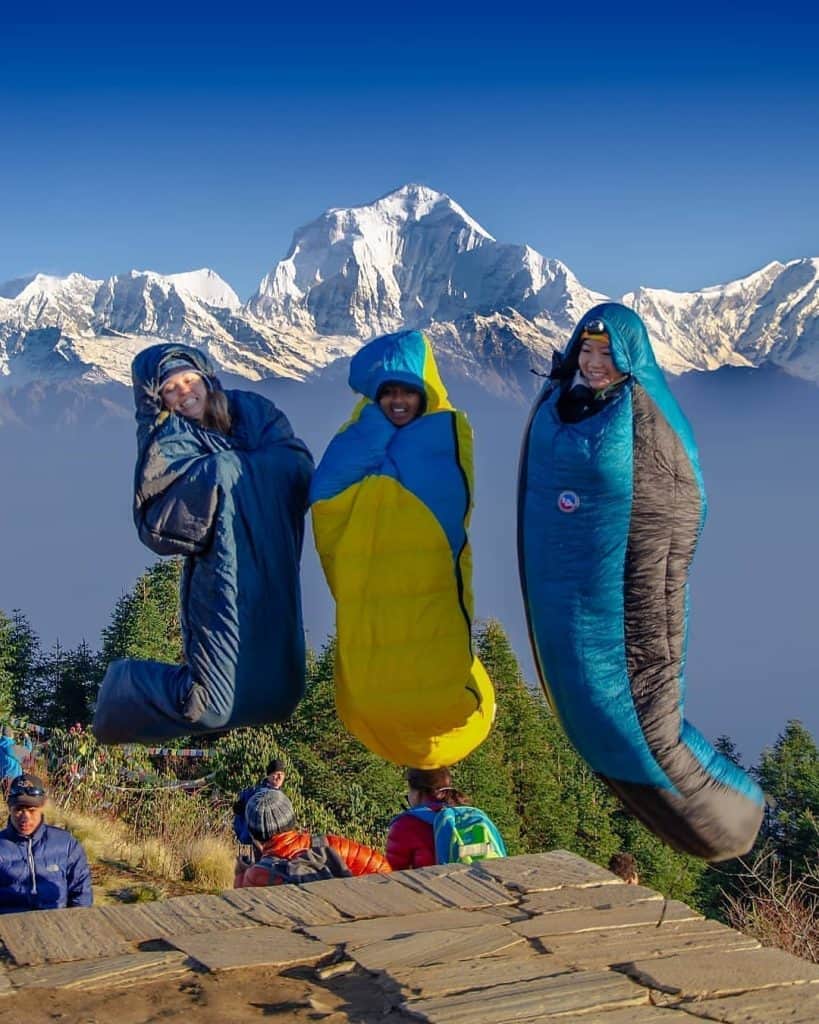
As a short and simple trip in Nepal, the Ghorepani Poon hill trek is a classic Himalayan trek in the Annapurna region. The hike begins at Nayapul, about a 45-minute drive from Pokhara, and continues through traditional Gurung and Magar communities.This trek’s main attractions are Gurung settlements, lush rhododendron woods, panoramic mountain views, and spectacular sunrise views from the back of the Annapurna mountain range.
This hike is possible for moderately fit hikers who want to spend time in nature. Altitude sickness and weariness can be avoided on this hike because the highest point is only 3,210 metres. The hike is reasonably priced but does call for ACAP and TIMS authorizations.In the spring, you’ll see Rhododendron flowers along the path. The sunrise and the Annapurna range are particularly beautiful from Poon Hill.
Best Season: All Around the year but during peak seasons, you may not find proper accommodations. Also, the trails could be more crowded than you expected.
Looking for some excitement? Check out the nightlife in Kathmandu.
4.Manaslu Circuit Trek
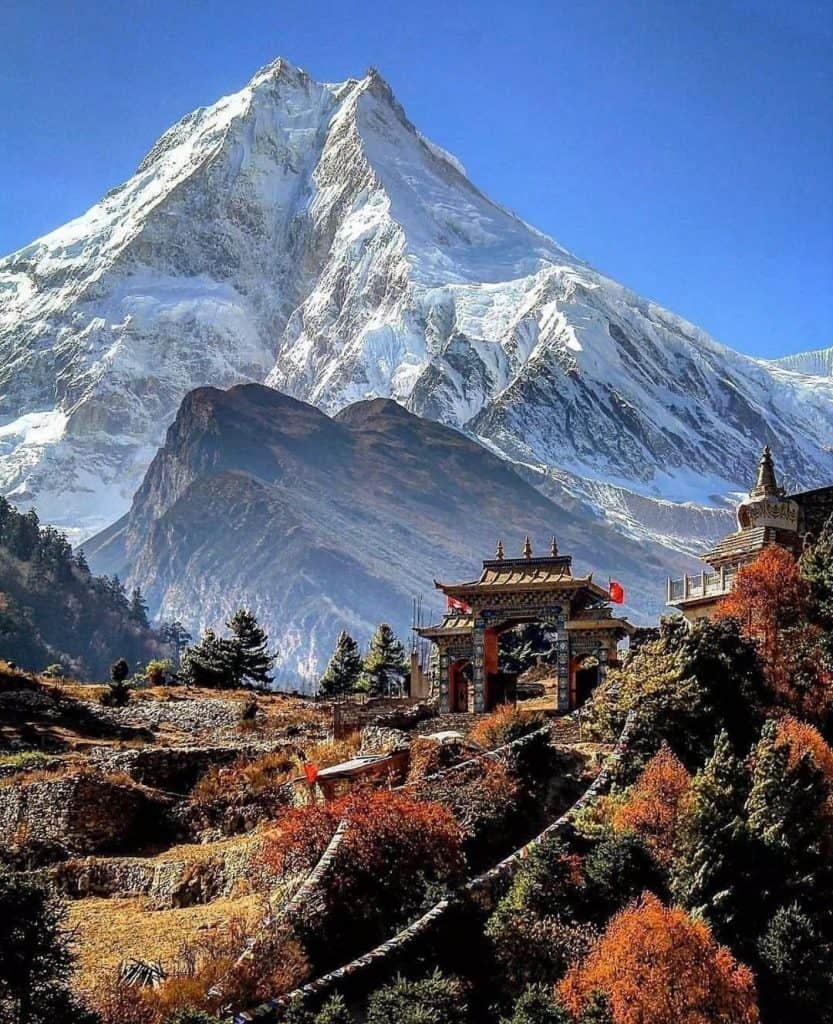
The sight of the Manaslu mountain range, home to the world’s eighth-highest peak, is an eye candy.This hike is a difficult challenge to those seeking excitement. Because of the trail’s extreme difficulty, only two hikers and a guide are allowed at a time. The Manaslu Circuit Trek is a unique journey across Nepal’s unknown wilderness. This means the hiking paths will be rocky and difficult. This hike features a number of suspension bridges that offer spectacular views.
Normally, the Manaslu Circuit Trek lasts for 14 days and ends at the Larkya La Pass. The highest point of the walk is 5,160 meters, and it is also physically demanding.There are many different cultures, ethnic groups, and landscapes, which makes the trip more interesting and exciting.
Best Season: March to May, September to December
5.Langtang Himal Trek
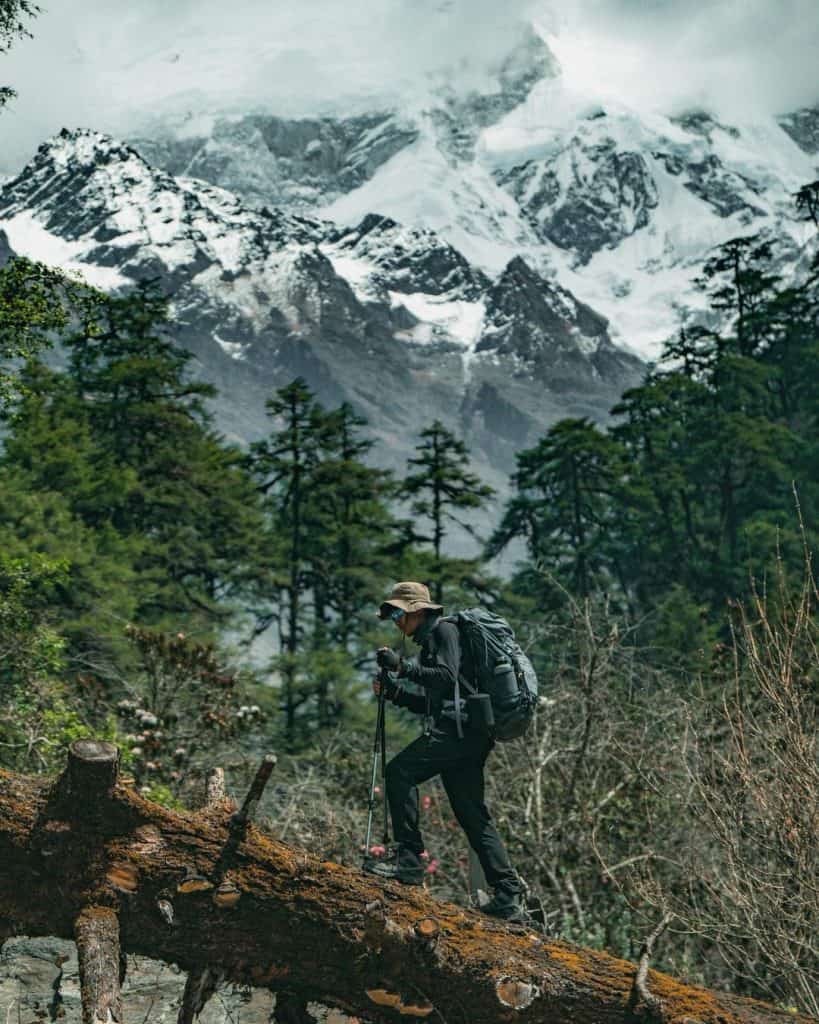
One of the most well-known treks starts from Kathmandu and passes through the peaceful Langtang Valley on the border between Tibet and Nepal. Syabrubesi, an eight-hour drive from Kathmandu, is the starting point for the journey.Langtang is a stunning valley that Mother Nature has endowed with a wide variety of plants and animals. Numerous tea houses may be found in this rural area of Nepal’s Langtang region.
The beginning of the Langtang walk is at Syabru Besi. We’ll get to Tserko-Ri after a 5-hour hike up to an altitude of 5,000 meters. The vista from Tserko-Ri, which covers the entire Langtang Valley, is quite breathtaking.This walk is suitable to moderately fit hikers, and it offers stunning views of Langtang Himal.
Best Season: March-May, and October- November
6.Gokyo Valley Trek
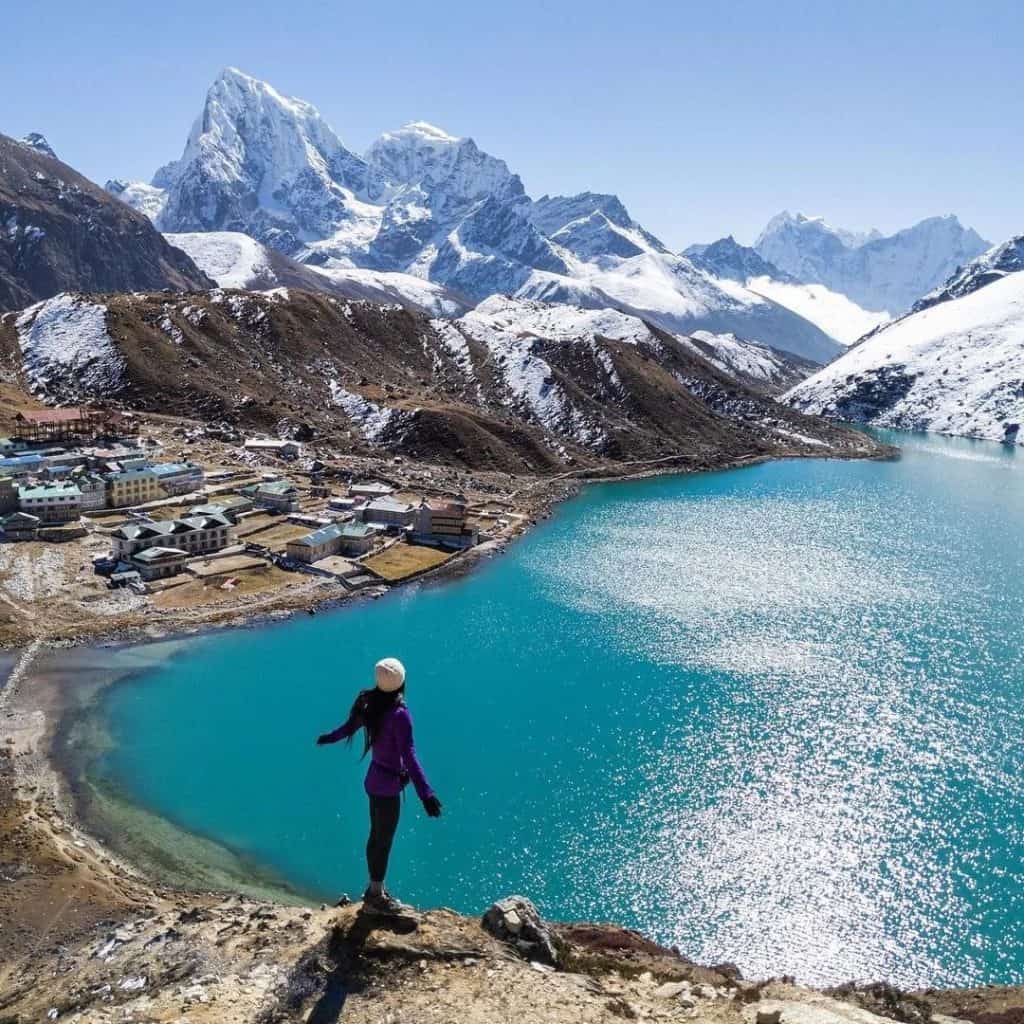
Located in the eastern portion of Nepal, Gokyo is a small village situated in a valley of icy lakes and glaciers at a height of 4,750m. The Gokyo Valley Trek is an alternative to the tougher Everest Base Camp Trek because of how manageable the trail is. Stunning views of the Everest range, the Longpongo Lake, Gokyo Lake, Taboche Tsho Lake, Cho Oyu Himal, and the Ngozumpa Glacier may still be seen from this hike. This journey typically takes 15 days.
The trail goes through rhododendron and oak woods, which have many different plants and animals. The ice waterfalls are the main attraction. Various freshwater lake systems and wetland ecosystems at the valley’s highest elevations have been preserved. Tibetan Buddhist Sherpas live in this isolated community, which is home to centuries-old monasteries.The Gokyo Valley journey is a moderate journey that most hikers in decent shape should be able to complete.
Best Season: March-May, and October- November
7.Kanchenjunga Trek
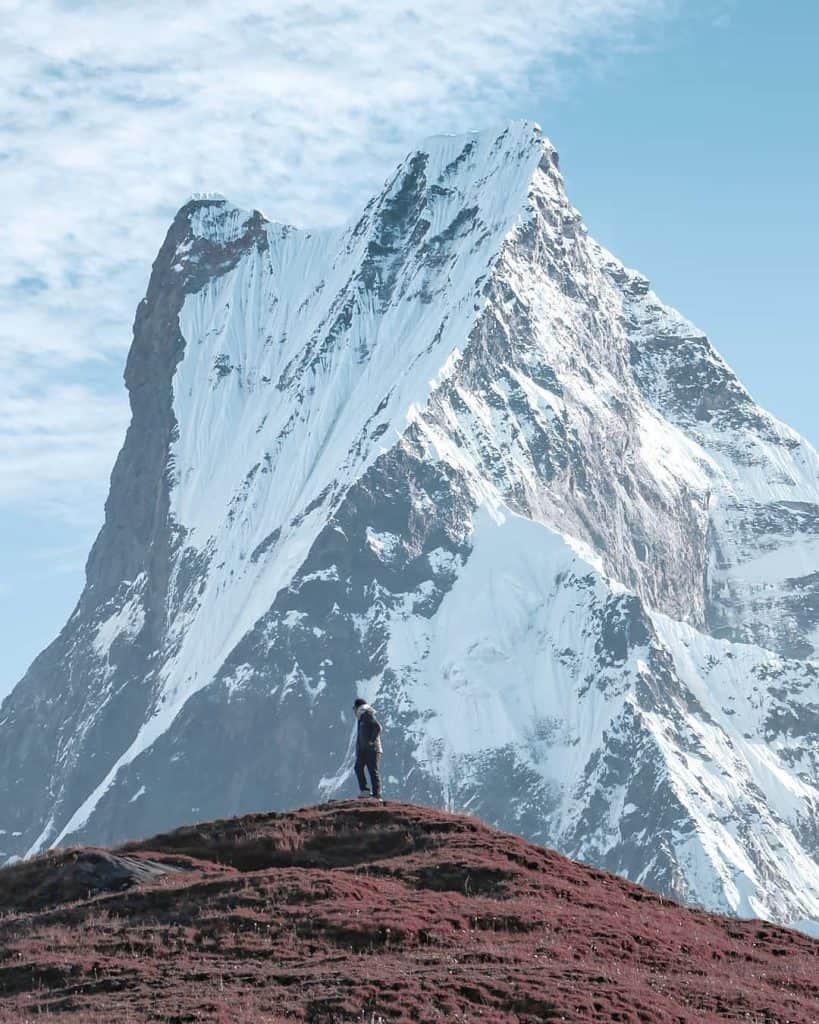
Kanchenjunga, the third highest peak in the world, is related to danger due to the difficulty of its journey. No one has ever been able to reach the top of this amazing but dangerous mountain. Kanchenjunga’s beauty is like something out of a fairy tale, which may be why people want to hike up its hard trails. This is one of the best treks in Nepal, and it takes place in a region that rarely sees tourists.The hike takes 25 days and requires special licenses such as the KCA and RAP. Therefore, as compared to other hiking in Nepal, the price of the Kanchenjunga hiking Package is higher.
The hike takes you through tropical lowlands and Rhododendron forests. Displays the beautiful scene of the eastern Nepali hill towns up north. You go through the towns of the Rais and Limbus, two Tibetan tribes. The walk starts in Suketar, which is 4 hours’ drive from Illam.
Best Season: March-May, and October- December
8.Upper Dolpo Trek
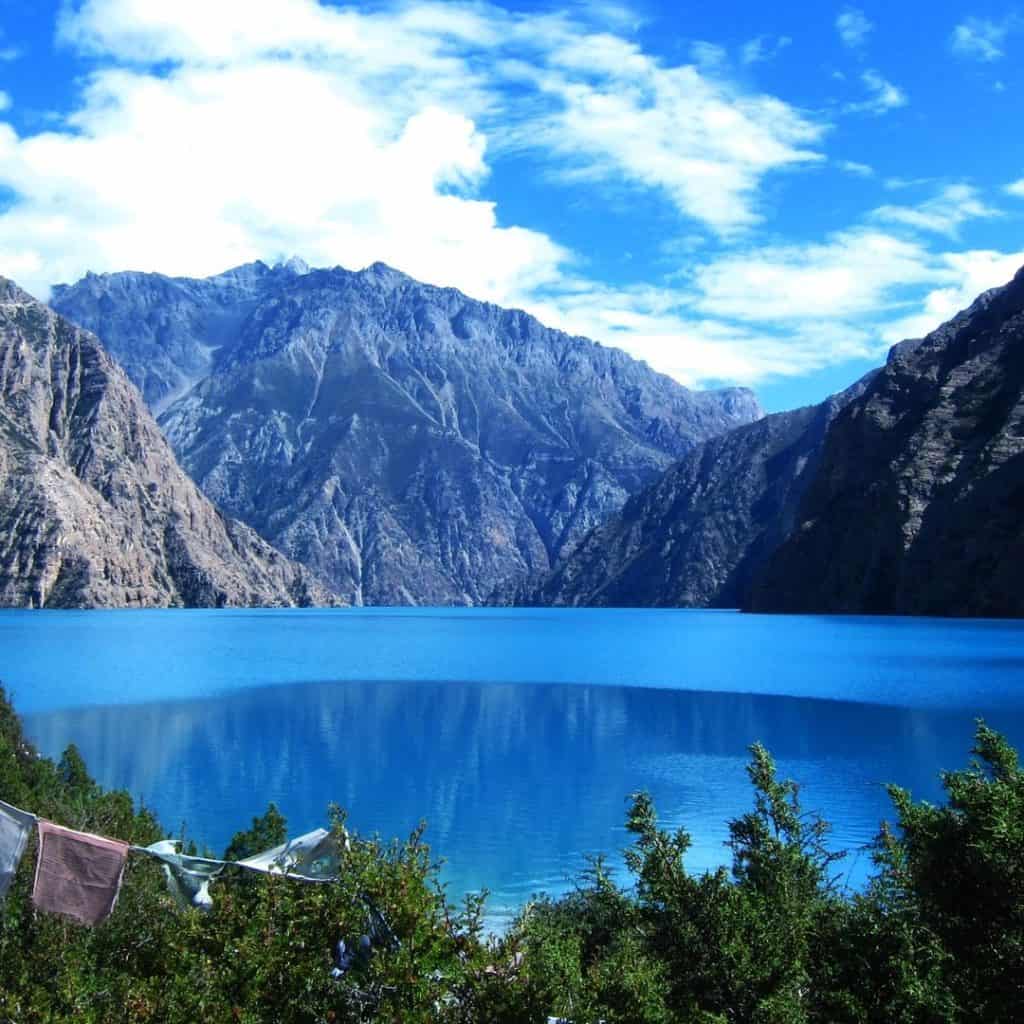
Visiting Tibetan monasteries and other cultural landmarks is easy on the Upper Dolpo Trek.Upper Dolpo, although its rich geography, is not a popular hiking destination because of its isolation and difficult paths.Upper Dolpo trek needs an average level of fitness because the trails aren’t that strange or rocky.
The trekkers need to get specific permission to do the trip.The 25-day climb to Kanjirowa Mountain and Phoksundo Lake is difficult, but the vista makes it worth it.This is a fantastic hike in Nepal if you’re interested in exploring remote regions.
Best Season: March to May and September to November
Conclusion
Nepal is an absolute paradise for those seeking adventure. Trekking is barely fresh in Nepal, and the country’s infrastructure for the activity is first-rate. What’s more, the nicest part about trekking in Nepal is that there are routes suitable for people of various fitness levels and abilities. They range in difficulty from simple to quite complex. You can pick your hike based on its length and the amount of effort you’re up for.
Common Questions
Spring (March to May) and Autumn (September to November).
Yes. The permit type depends on the trekking region, e.g., TIMS card, Sagarmatha National Park Entry Permit, or Annapurna Conservation Area Permit.
Not always, but they’re helpful. Some areas require a guide, and having one can enhance safety and understanding.

